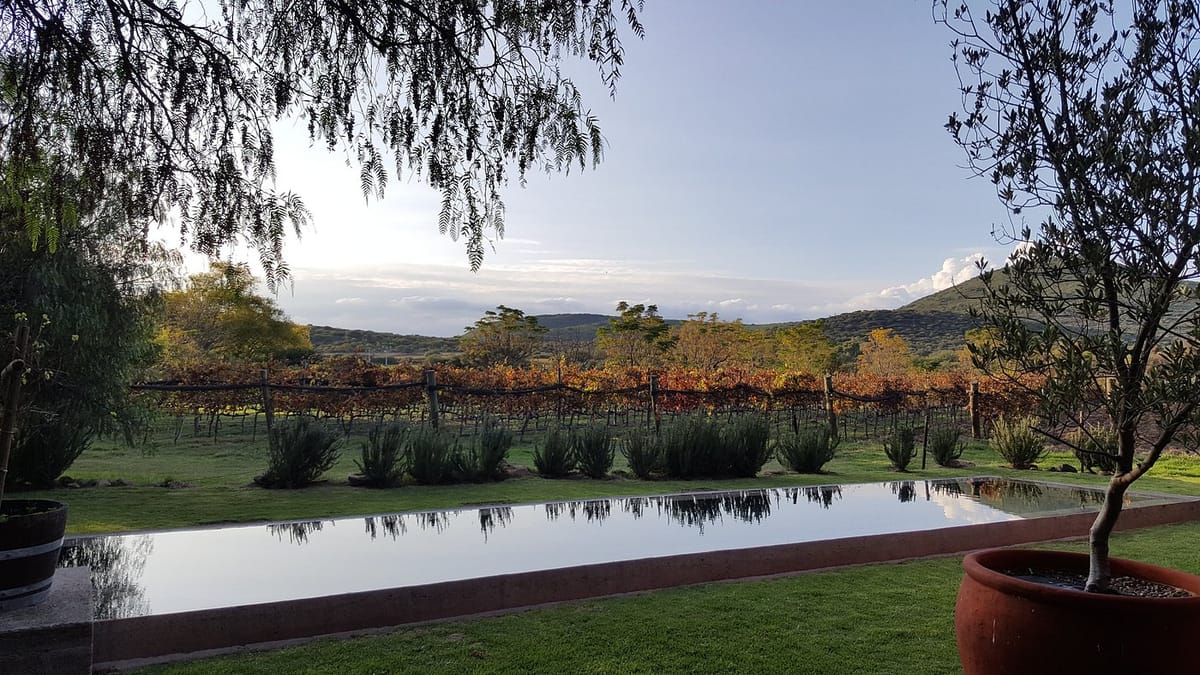The Ultimate Alentejo Wine Road Trip
Plan your Alentejo wine adventure and discover why this Portuguese region is capturing the attention of wine lovers worldwide.

This Alentejo Wine Route travel guide will take you through six wineries that merge traditional Portuguese winemaking practices with modern environmental awareness, creating an unforgettable travel experience through one of Europe's most exciting wine regions.
Portugal's Alentejo region beckons wine enthusiasts with its rolling golden plains, ancient cork oak forests, and world-class vineyards that have embraced sustainable winemaking practices.
Your Alentejo Wine Road Trip Route
Herdade do Esporão (Reguengos de Monsaraz)
Distance from Lisbon: 180 km (2 hours)
Herdade do Esporão proudly stands as the largest organic estate in Portugal, with nearly 700 hectares of organic vineyards and olive groves, with all 1,317 acres certified organic starting with the 2019 vintage. This pioneering estate has been producing Alentejo wine since 1267, making it one of Portugal's oldest unbroken wine-producing properties.
It is located in the sub-region of Reguengos de Monsaraz, with geographical boundaries unchanged since 1267. It offers unique agricultural conditions, including great variations in temperature and seven different types of soil. The winery produces exceptional reds using indigenous Portuguese varieties like Aragonez, Trincadeira, and Touriga Nacional, alongside international varieties such as Syrah and Cabernet Sauvignon.
- Full organic certification across all vineyards, biodiversity conservation programs, and integrated pest management systems.
Tours range from €15-45 per person, including tastings of 4-6 wines. They have a special summer program. You can find the itineraries on their official website. Booking required.
You can stay at the Pousada Convento Évora (30 minutes away).
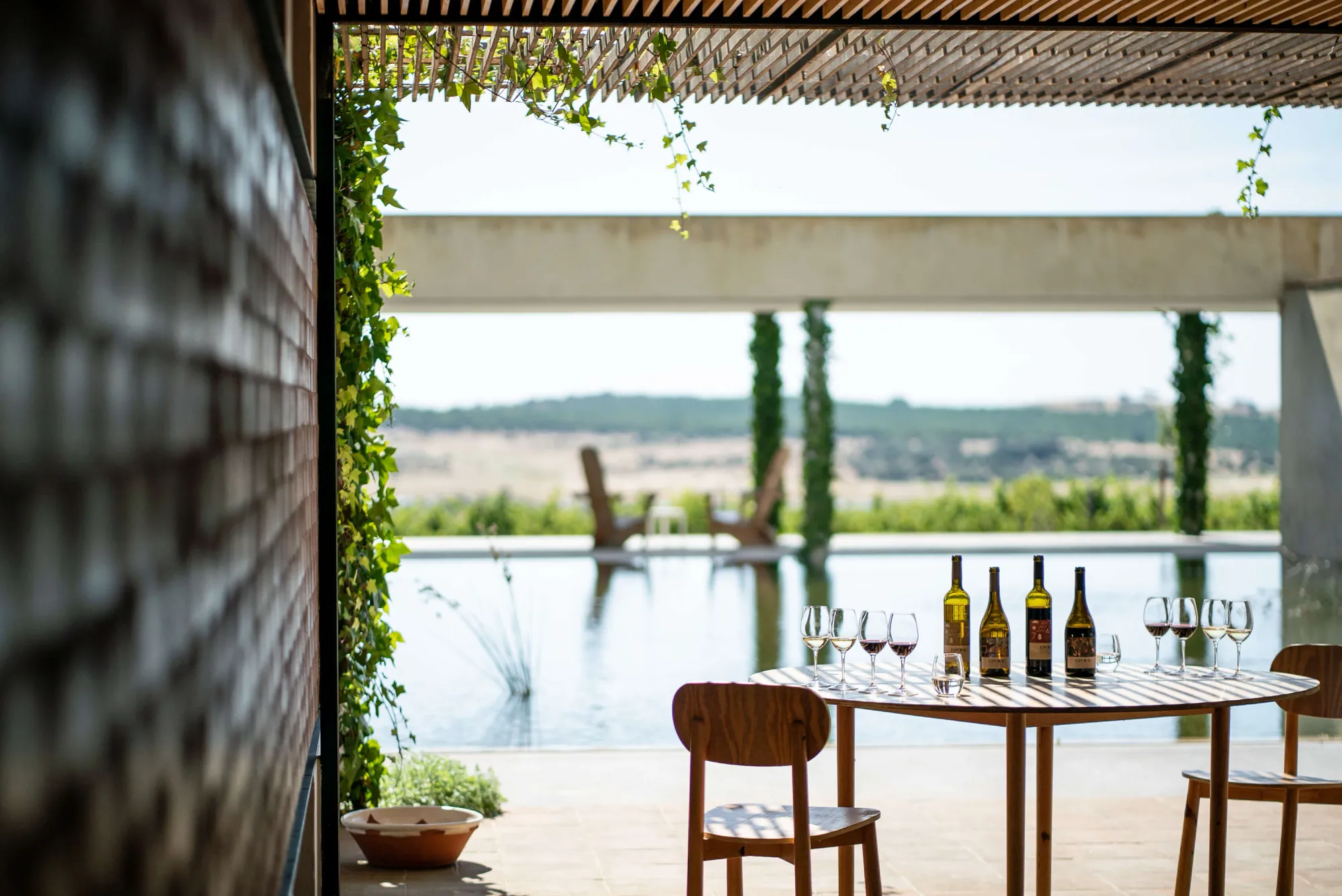
Quinta do Zambujeiro (Portalegre)
Distance from Esporão: 85 km (1 hour 15 minutes).
Quinta Do Zambujeiro prides itself on producing high-quality Portuguese wines that are strictly organic, with a wide range of excellent wines made not only for wine connoisseurs but also for everyday casual wine drinkers. This family-owned estate focuses on minimal intervention winemaking and has been organic since its inception.
It is located in Rio de Moinhos, in the municipality of Borba, it is in the northern Alentejo region, in the heart of the Serra D’Ossa, the most of its height and microclimate to producing high-quality wines.
Their commitment to natural winemaking processes and the use of indigenous grape varieties creates distinctive Alentejo wine expressions. The estate specializes in elegant reds from Aragonez and Trincadeira, plus refreshing whites from Antão Vaz and Arinto.
- This vineyard is distinguished: certified organic production, natural fermentation processes, and minimal use of sulfites. Also, their practices:
We work in accordance with environmentally friendly processes, with the aim of preserving and protecting nature, the landscape and the estate’s land, because the basis of our wine is the vineyard.
Quinta Do Zambujeiro offers private tours from 15 to 35€ per person, including organic wine tastings (red and white) and vineyard walks.
If you want to stay near here, the recommendation is Quinta da Coutada.

Herdade Canal Caveira (Grândola)
Distance from Zambujeiro: 120 km (1.5 hours)
Herdade Canal Caveira is a unique winery nestled at the foot of the Sierra de Grândola, strategically positioned between the Alentejo and the Atlantic, merging the best of both worlds – the rich traditions of Alentejo and the fresh coastal influences.
This innovative winery benefits from Atlantic influence, creating fresh, mineral-driven Alentejo wine styles. They focus on indigenous varieties like Castelão and Fernão Pires, producing wines with remarkable freshness and complexity.
- Sustainable viticulture practices, water conservation systems, and renewable energy usage.
Their tours are 15 to 75€ per person, featuring coastal-influenced wine tastings. Wine tastings include white, rosé, and red wines, along with tapas made with regional products. You can book in advance on their official website.
Its most award-winning wine is Serra Brava, a 100% Cabernet Sauvignon 2017. Ruby-colored. It has an intense aroma of black fruits, predominantly blueberries, with spicy notes and coffee. An aromatic wine with firm tannins and good freshness. It pairs well with meats and intensely flavored cheeses.
To stay near Herdade Canal Caveira, I recommend Quinta da Comporta.
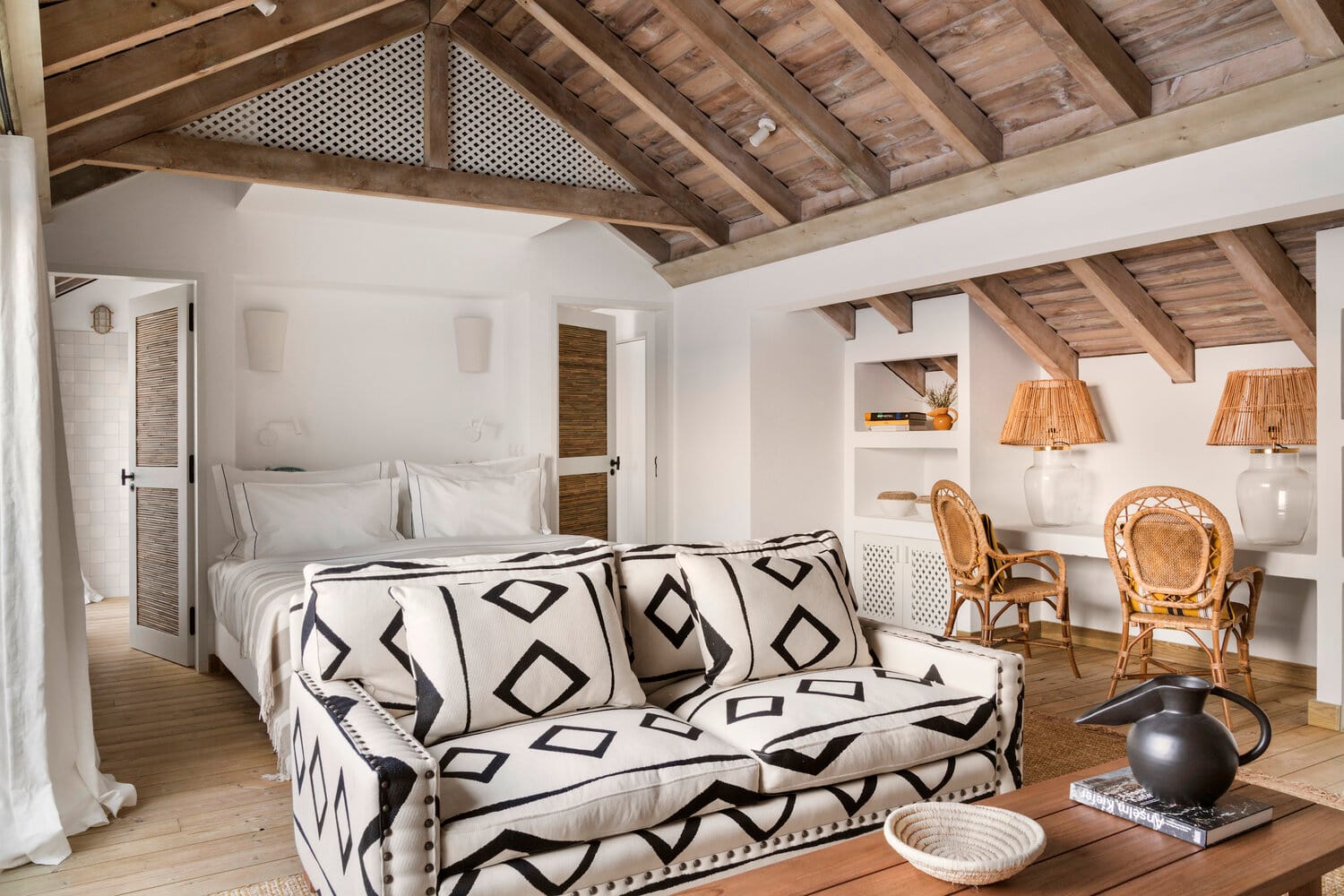
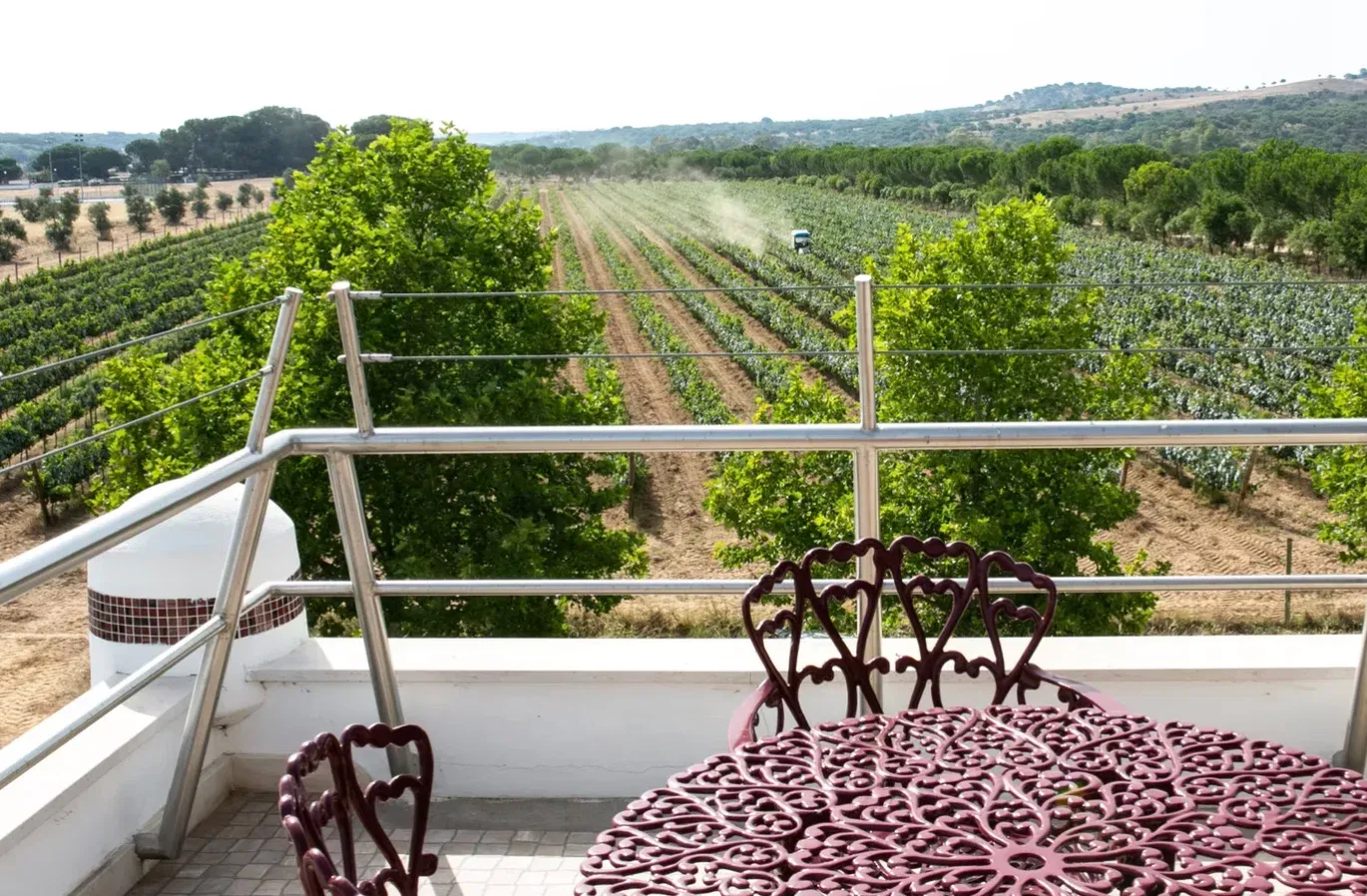
Photos by Hotel Quinta da Comporta & Herdade Canal Caveira.
Talha de Frades (Vidigueira)
Distance from Canal Caveira: 95 km (1 hour 20 minutes)
Visitors to Talha de Frades embark on a unique journey where tradition and innovation come together, revealing a winemaking method inherited from the Romans, in which grapes ferment naturally inside clay amphorae (Talha), without the use of invasive technologies.
This winery preserves ancient Roman winemaking techniques, producing Alentejo wine in traditional clay amphorae called talhas. The result is pure, unfiltered wines with exceptional character and authenticity.
- Ancient natural fermentation methods, minimal technological intervention, and traditional Portuguese grape varieties.
Tour costs range from 15 to 45€ per person, including wine tasting with expert commentary, pairing, vineyard visits, and an exclusive interview with one of the vineyard's producers.
You can stay at Pousada Convento Arraiolos.
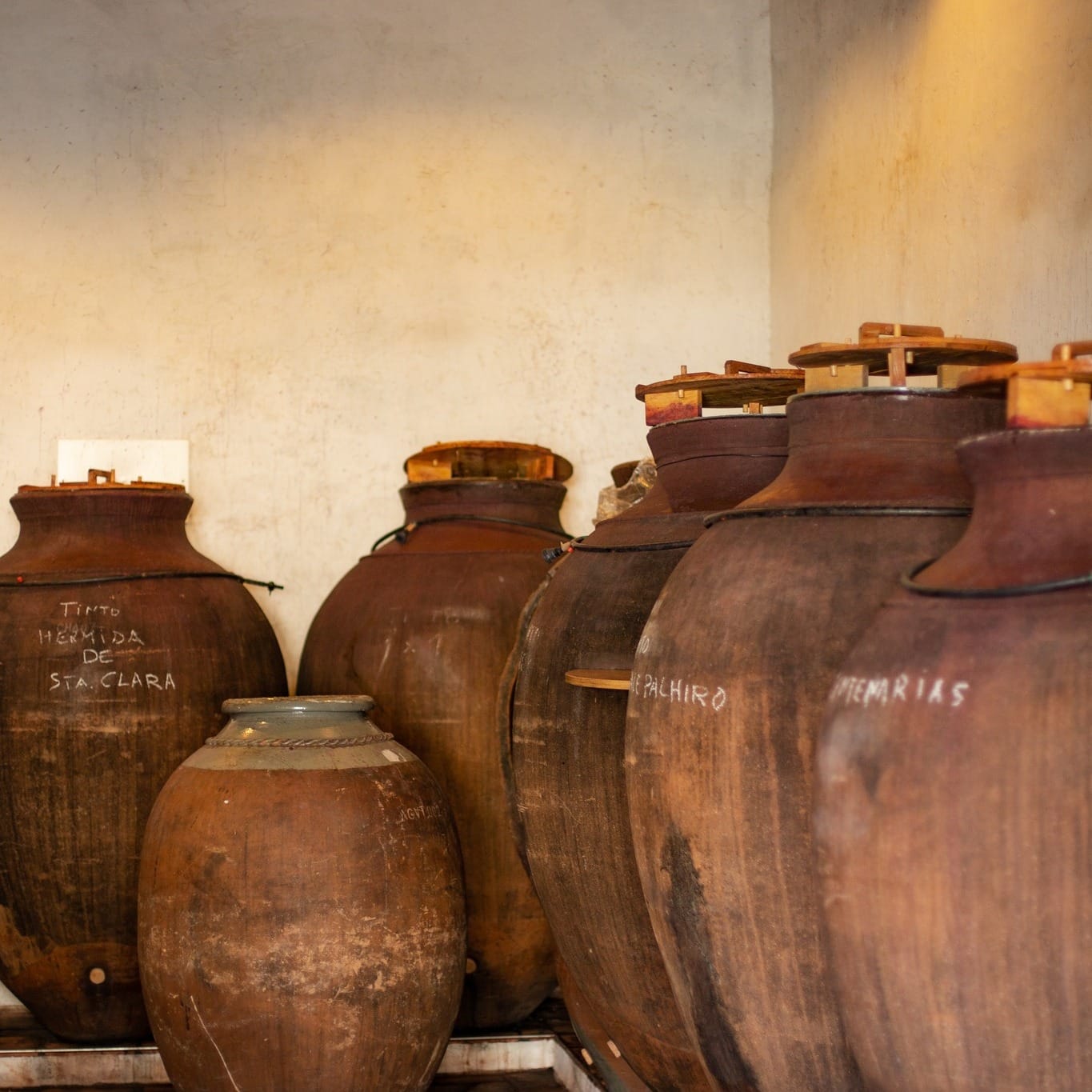
Ervideira Wine Estate (Reguengos de Monsaraz)
Distance from Talha de Frades: 45 km (45 minutes)
This modern sustainable winery combines innovation with tradition, producing premium Alentejo wine while maintaining environmental responsibility. Ervideira focuses on expressing terroir through careful vineyard management and minimal intervention winemaking.
State-of-the-art facilities combined with sustainable practices create exceptional wines from both Portuguese and international varieties. Their flagship wines showcase the true potential of Alentejo wine.
- Solar energy systems, water recycling, organic farming methods, and biodiversity preservation.
Their premium tours cost from 30 to 50€ per person, including vertical tastings and cellar experiences.

Herdade dos Perdigões (Reguengos de Monsaraz)
Distance from Ervideira: 15 km (20 minutes)
All the vineyards at Herdade dos Perdigões are certified organic, representing part of Esporão's vineyards that make up about 18% of the total organic production in the country.
This boutique organic estate produces limited-production Alentejo wine with exceptional attention to detail. Their wines represent the pinnacle of sustainable winemaking in the region.
This vineyard selects the grapes by hand and then ferments them in French oak vats and Alentejo marble presses.
- Full organic certification, minimal intervention winemaking, and biodiversity conservation programs.
They offer exclusive tours from 35 to 60€ per person. They're limited to small groups for personalized experiences.
Return to Évora for your final night at Pousada Convento Évora.
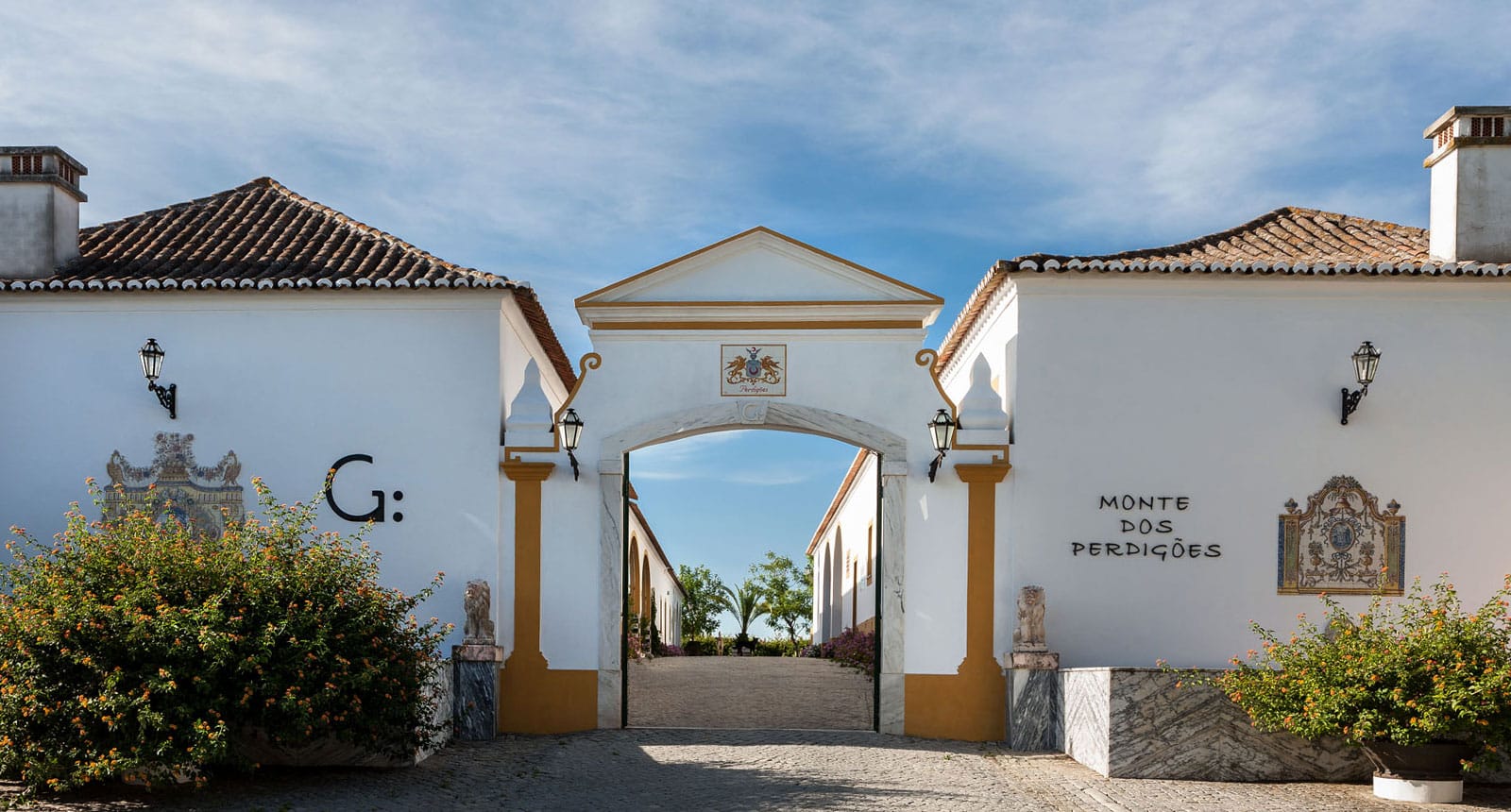
Transportation and Logistics
Total Distance approximately 540 km. The trip can take at least 5 days, although it is always possible to extend it and explore at a leisurely pace.
For transportation: Rent a car in Lisbon or fly into Beja Airport (closer to the region).
The best time to visit is from April to June, and September to October for optimal weather and harvest activities.
I'm so glad you made it this far. Plan V is an independent magazine, and your donation allows me to continue doing this.
See you soon.
Thank you!
FAQs
What kind of wine is Alentejo?
Alentejo produces primarily red wines made from indigenous Portuguese grape varieties like Aragonez (Tempranillo), Trincadeira, and Touriga Nacional, alongside international varieties.
The region also produces excellent white wines from Antão Vaz, Arinto, and Roupeiro grapes. The warm, dry climate creates full-bodied, rich wines with excellent aging potential.
Is Alentejo wine good?
Absolutely! Alentejo wines are considered among Portugal's finest, consistently receiving international recognition and high ratings from wine critics.
The region's unique climate, diverse soils, and commitment to quality winemaking have established Alentejo as one of Europe's most exciting wine regions, producing wines that offer exceptional value and quality.
What is the difference between Alentejo and Alentejano?
Alentejo refers to the specific Denominação de Origem Controlada (DOC) wine region with strict quality regulations and geographic boundaries.
Alentejano is the broader Indicação Geográfica Protegida (IGP) designation that covers a larger area and allows more flexibility in grape varieties and winemaking techniques, though both maintain quality standards.
What is Alentejo wine similar to?
Alentejo wines share similarities with full-bodied reds from Spain's Ribera del Duero, the southern Rhône Valley in France, and certain regions in Australia.
The warm Mediterranean climate produces wines with similar characteristics: rich fruit flavors, good structure, and excellent aging potential, while maintaining their unique Portuguese character through indigenous grape varieties.
